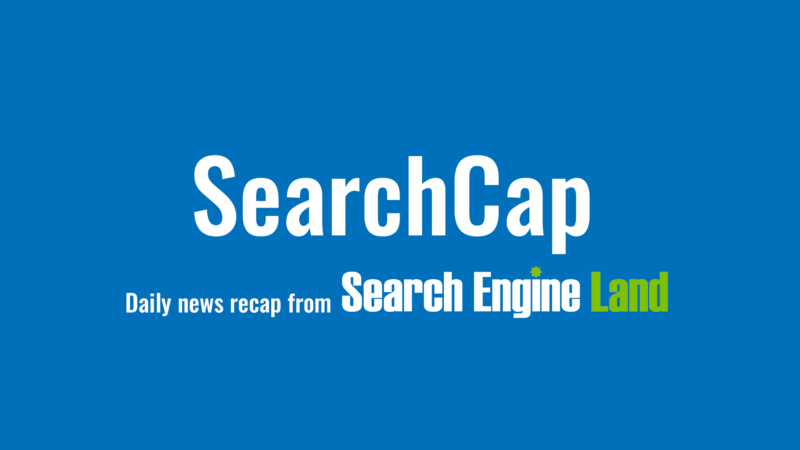See details of post Google extends olive branch to publishers, lays out new focus on subscriptions below

In a rare joint appearance, Google executives Philipp Schindler, chief business officer, and Sridhar Ramaswamy, SVP of ads and commerce, addressed a group of several dozen publishers and broadcasters at an event held at the company’s Chicago offices Tuesday. And, at that event, he extended an olive branch.
In his opening remarks, Schindler said Google returned $11 billion in ad revenues to publishers last year, while acknowledging, “We also know it has not been easy.”
Everyone in the room knew that one key reason publishers have had difficulty generating ad revenue is that Google and Facebook draw some 80 percent of the growth in digital ad dollars directly. But Ramaswamy said there are limits to what the ad ecosystem can do for publishers, adding that the industry must focus on both ads and subscriptions. Schindler said Google is committed to building out subscription programs and plans to significantly ramp investment in this area.
The “leadership summit” came a day after Google announced the end of its decade-old First Click Free program in response to years of publisher complaints about the requirement to offer free access to content in exchange for Google rankings. Instead, Google said it will offer Flexible Sampling programs that give publishers more control over the subscription process without being penalized in the rankings for putting up paywalls.
Schindler touched on the three elements of Google’s new focus on subscription efforts:
- Google will use machine learning to determine when to present a subscription offer instead of an ad on publisher’s sites to users deemed likely to subscribe. The system will also use publishers’ audience data to build lookalikes much in the way Google does in ad targeting, to identify new potential subscribers. This is in very early testing now, and it’s unclear exactly how this will look.
- Reduce friction in the subscription signup process with mobile-optimized checkout flows. Again, Google is doing something similar on the ad product side with Purchases on Google ads enabled with Android Pay. In a briefing last week, Google VP for News Richard Gringas said all subscriber data would be passed to and owned by the publishers.
- Help users get more from their subscriptions to boost renewal rates. For example, users might opt in to share subscription information with Google. Content from publications a user subscribes to may then show higher in Google search results for that user. Ramaswamy stressed this is “early days.”
Facebook announced this summer that it will begin testing ways to let publishers sell subscriptions in Instant Articles and place content behind a paywall after a user reads at least 10 articles.
In framing the new focus on helping publishers drive subscription revenue, Schindler said, “We come in peace,” as he splayed his fingers in the Vulcan peace sign, clearly anticipating publisher skepticism at Google’s motives. “We are here to listen to you. We are all invested in seeing you succeed.”
“We deeply value the publishing ecosystem,” said Ramaswamy later. “It’s also selfish on our part,” he acknowledged, “because Google is nothing without quality information.” Ramaswamy said Tuesday’s announcements are part of a long and ongoing effort. “The advertising ecosystem has been profitable for Google and publishers, but there are limitations. We need to pay attention to subscriptions and commerce.”
Schindler told reporters that details on how the subscription advertising program will be structured in terms of revenue splits haven’t been decided. “The plan isn’t for this to be a huge revenue driver or the next big business or Google,” he said. It could be a revenue share or some other model, but the idea isn’t to push this much beyond cost covering, said Schindler.



